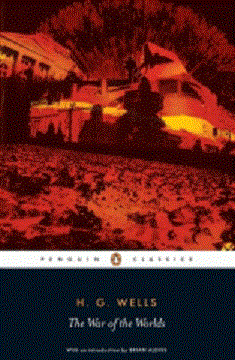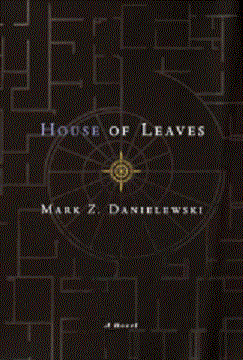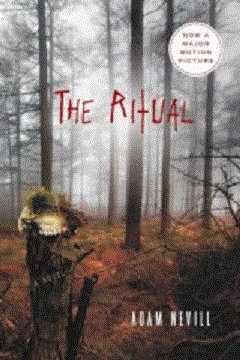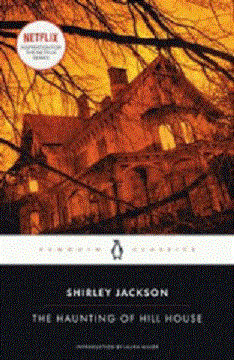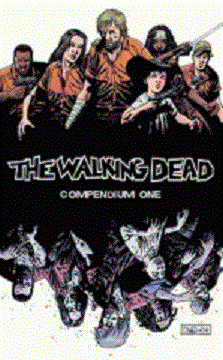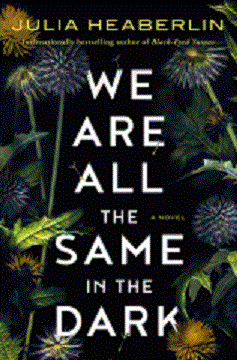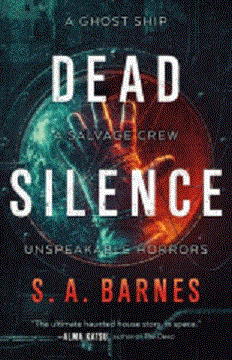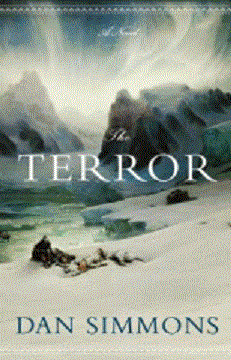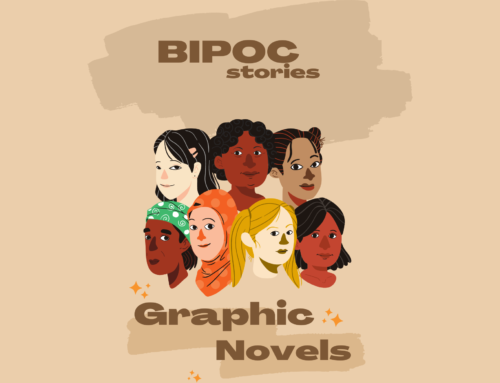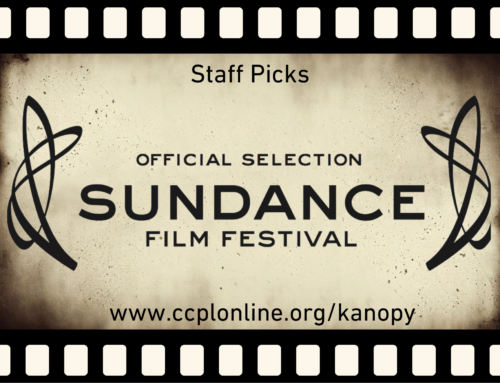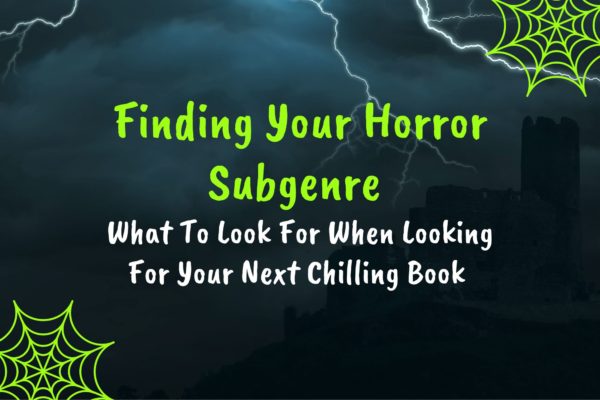
Welcome to October, everybody! It’s the time of the year when everyone is looking forward to a good thrill or chill. Fans of horror books have their favorites, but for those just entering the genre, it can be a little daunting to make a choice, especially with all of the sub-genres attached to it. Well, this post is here to help readers find their preferred subgenre this season! Readers should be aware that some materials listed will be able to fit under more than one subgenre. They may also contain subject matter not suitable for children 18 years old and younger. Furthermore, if you are interested in doing your own research into the horror genre or any other genre that you are interested in, feel free to browse CCPL’s Novelist resource! With that said, let’s get started:
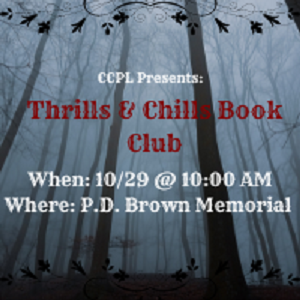
Did you enjoy these recommendations? Are you looking for a group to talk about things thrilling and horrific? If so, the Thrills & Chills Book Club might be for you!
This book club focuses mainly on materials from the horror and thriller genres and may include both new releases and classics of the genre. As long as it brings chills and thrills, this club is open to reading it! For our first discussion in October, we will be reading The Book of Cold Cases by Simone St. James. This book discussion is recommended for adults (18+). The selected book(s) may contain mature themes and adult content. Register if you dare!
This live event will be on Saturday, October 29th, 2022, at 10:00 AM EST. Please contact P.D. Brown with any questions at 301/645-2864 or pdbrown@ccplonline.org.

